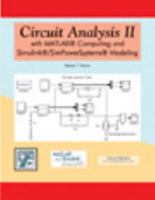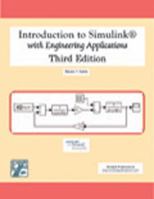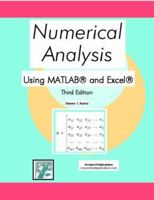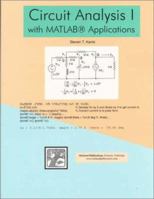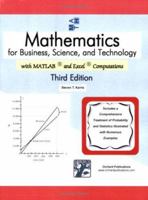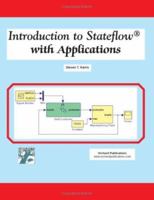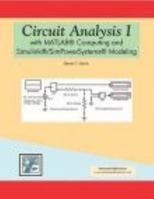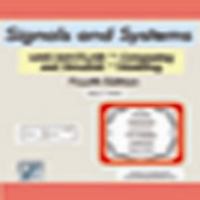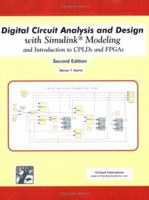Self Understanding and Introduction to Transactional Analysis
Customer Reviews
Rated 5 starsAccess 2000 VBA Handbook
Good book. Easy to find the answers to my questions and get back to work. Good examples and written with clear explanations that get to the point. Good Day.
0Report
Rated 5 starsThank goodness for Susan Norvalis
This book really stands out from the crowd. Most VBA texts are written by great programmers who are terrible teachers. Not in this case - Using VBA to unlock the power of MS Access is thoroughly and clearly explained - from concepts such as database design and objects to JET, DAO/ADO and beyond. The author shows how to do everything that you can do with Macros, how to do many things that you can't do without VB and then...
0Report
Rated 5 starsExcellent Presentation
If you have already spent time zipping around in Access, trying to make it do stuff, this book is a Godsend. Excellent drill-down into the guts of Access, including high-level overview of how Access is put together and how it "thinks". This is a top-notch, practical guide to mastering Access (at least mastering it to the point where you can crack open the Access 2000 Developer's Handbook (Getz/Litwin) and get it. Easily 5...
0Report
Rated 5 starsExcellent!
I am a self taught Access developer, and i was looking for a good Access VBA book, that could help me with all those doubts and problems that come along when we try to take it a little further...Well... this is the book! The author explains everything in a very understandable way. It was really helpful and, certainly my best buy in the last months...
0Report
Rated 5 starsAwesome book
I found this book to be a great resource for understanding how to write then troubleshoot my code. The book is well written and clearly organized. It is definitely on of the best software books I have ever purchased.
0Report













